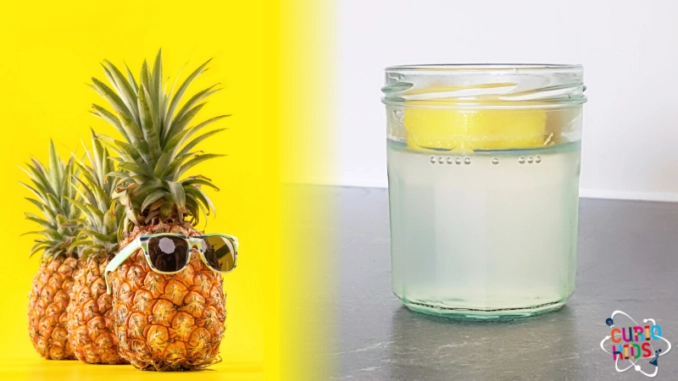
Do you know how food is digested in your stomach? Thanks to tiny little molecules called enzymes. In other words, proteins that can break down everything you swallow into microscopic pieces. How about experimentally observing digestion in your kitchen with … a pineapple and gelatin?
You will need:
- A fresh ananas
- A knife
- 6 sheets of gelatin
- 3 oz of water
- Two jam jars
- A saucepan
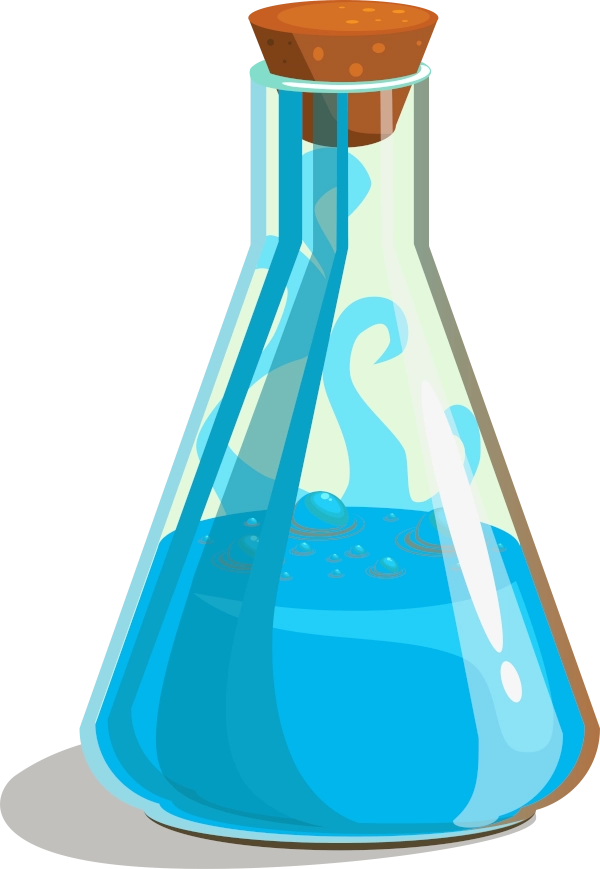
From 7 years old

Difficulty : easy

This experience requires the help of an adult

Let's experiment
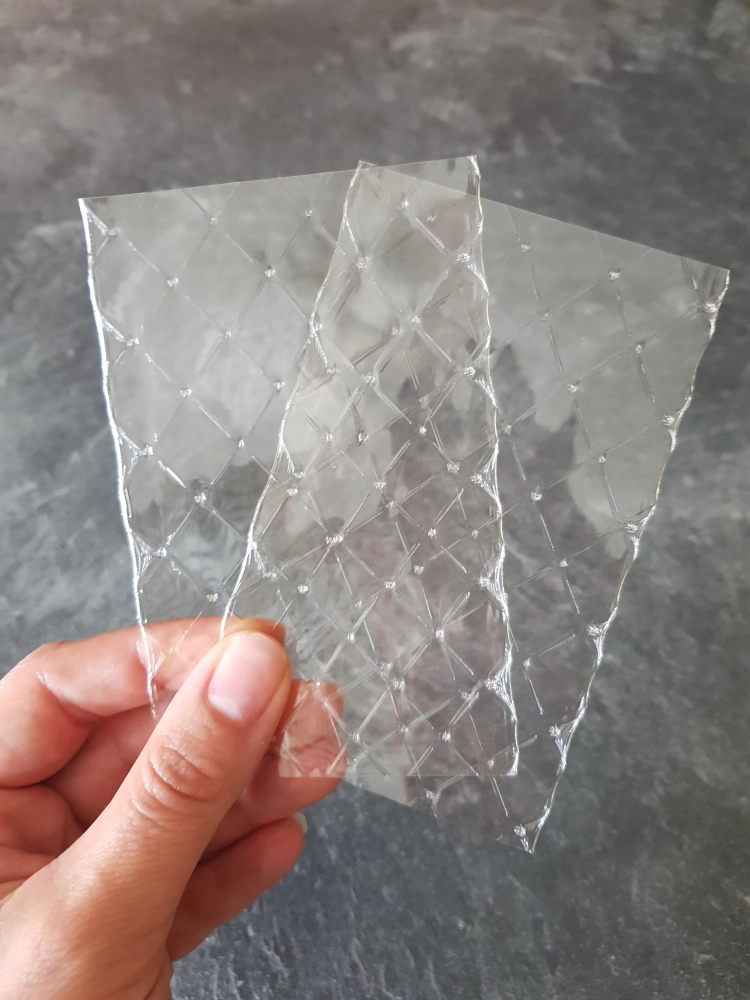

With the help of an adult, heat 9 oz of water in a pan and add the 6 gelatin sheets. At high temperatures, you will notice that the gelatin dissolves in the water. Use a wooden spoon to disperse it well.

Pour the gelatine mixture into your jam jars and leave it to cool first in the kitchen and then in the fridge overnight.

The next day, you notice that your liquid solution has gelled. Test with your fingers to feel the difference of consistency.
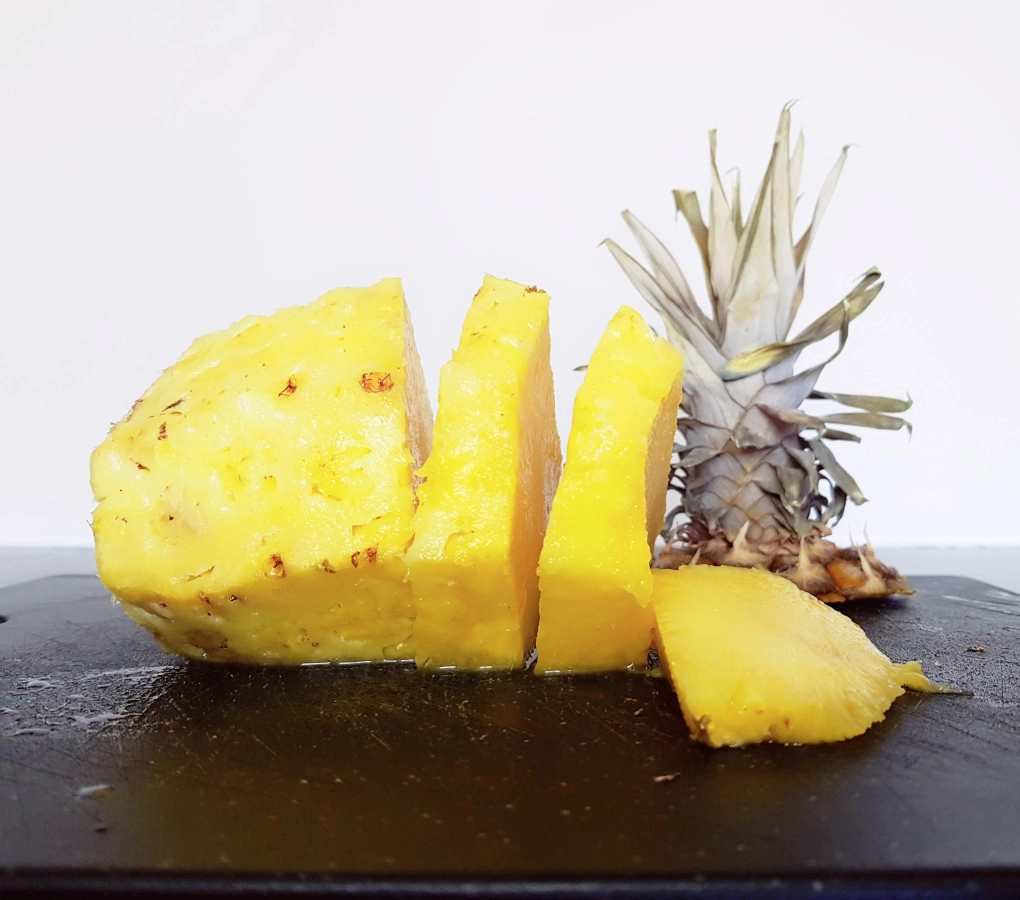

Cut your pineapple into 0.5 in slices so that they can fit into your jam jar. Ask an adult to help you if this is too difficult.

Then place a slice of freshly cut pineapple on the gel of one of the two jars. The other will serve as your witness.
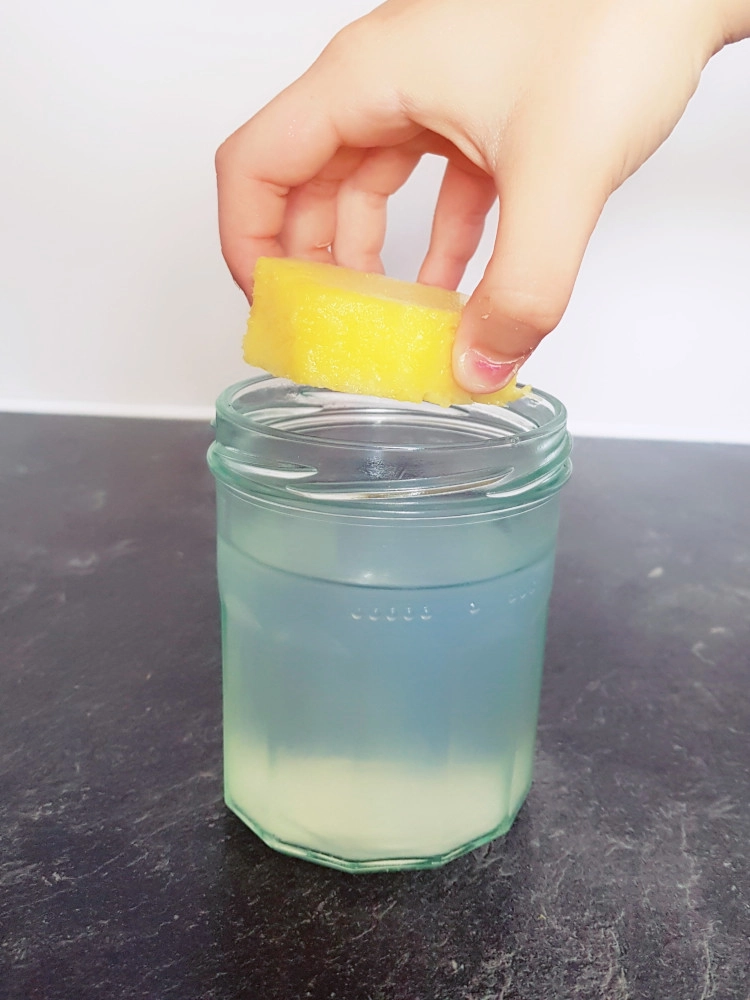



Observe what happens during the next following days … the gelatin gel on which you have placed the pineapple becomes liquid again on the surface. You can probably see that your pineapple is floating in a slightly viscous liquid. While nothing has changed in the second jar, your gelatine is still ‘solid’. What has happened?
Understand the experiment
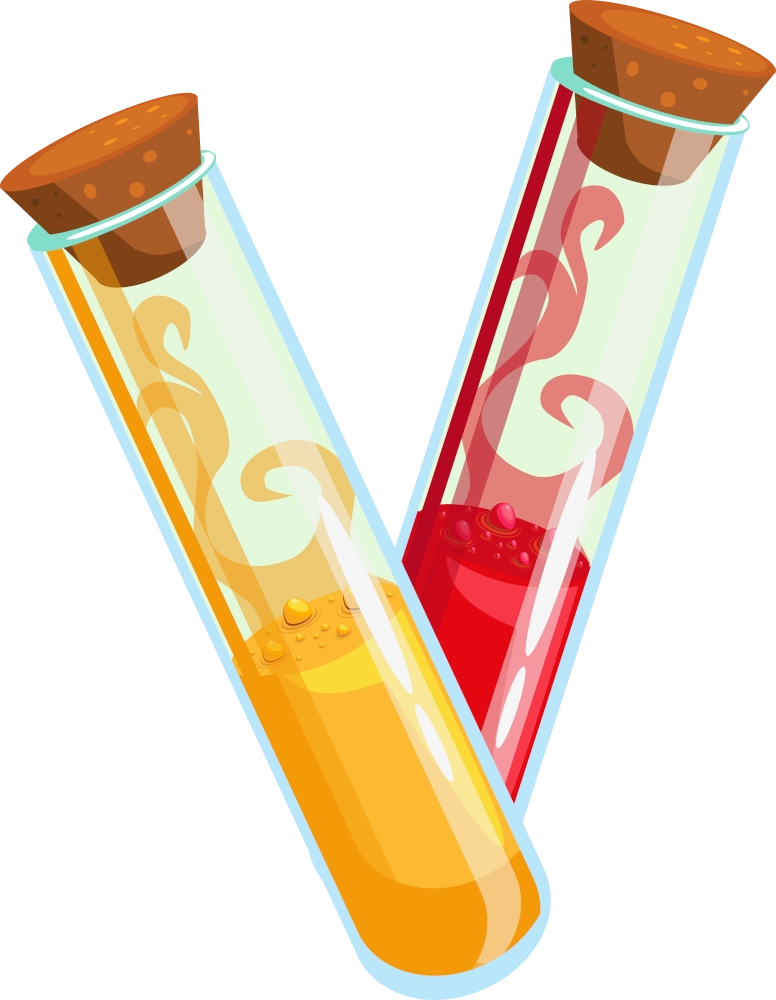
Pineapples secretly eat the candy.
You have noticed with amusement that your pineapple has transformed in your absence the gelatine into a porridge. A chemical transformation of matter without you having done anything.
So there’s nothing magical about it. To understand what’s going on, let’s focus on the products used. Gelatin, for starters, is a huge molecule that is obtained after industrial processing of animal skin or bones. When your hot water preparation cools down, the huge chains of gelatine get tangled, form knots and hold the water until they form a solid.

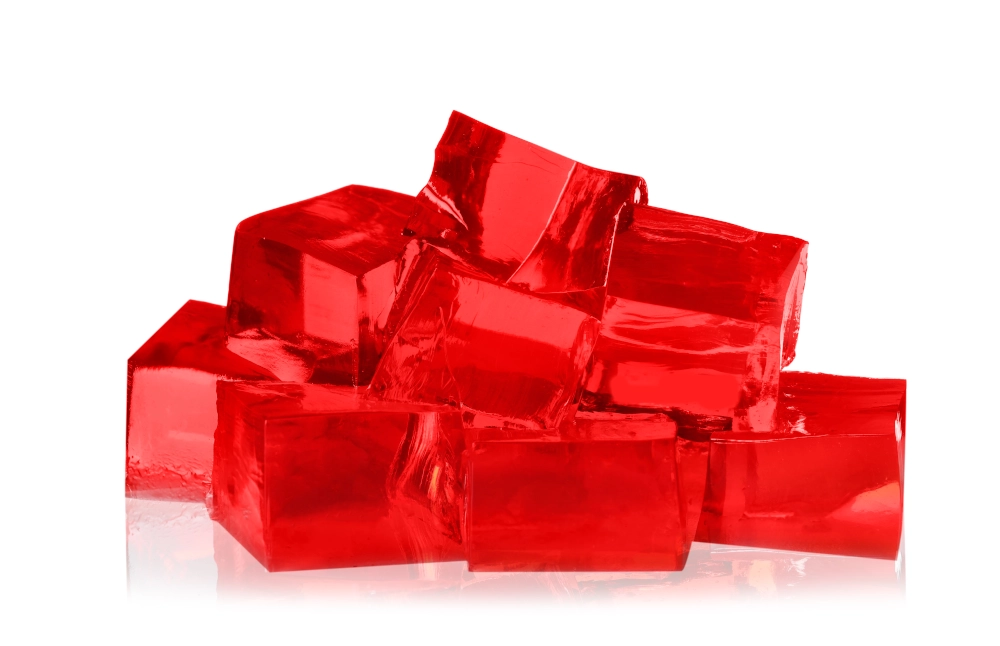
It is used in the kitchen to make fruit jellies or gummy candies.
In the pineapple, there are, as in your stomach, molecules capable of “eating”, or rather, “digesting” food into pieces invisible to the naked eye. These molecules are called enzymes. Pineapple contains large amounts of them. These enzymes are called bromelain and they are able to break long chains of gelatin into small pieces so that they can no longer hold water. This is what you see in your experiment when the gelatin becomes liquid again. For comparison, your second jar of jam that has not received its slice of pineapple shows you that the gelatine remains solid.
Did you know?
Bromelain, a big molecule that pre-chews your meat.
Bromelain is used to tenderize meat. As it is capable of breaking long protein chains like gelatin, it also breaks down long meat proteins. This makes it more digestible.
In fact, bromelain is used to aid digestion after a meal.
In South American countries, where pineapple has been cultivated for centuries, Amazonian peoples used it to heal wounds or treat sinusitis more quickly.
Challenge
Does it work with other fruits?
Test apples, strawberries, lemon, papaya, or kiwi… In which cases does the gelatine gel break down?

Yeast’s inflating power
Here is a great and visual experience for you to discover the secret world of bacteria. They are very useful to us and we use them in many cooking recipes, for example. Watch how bacteria turn sugar into alcohol and carbon dioxide using a simple soda bottle and a balloon.
It’s a great way to identify which drinks have sugar and which doesn’t. […]
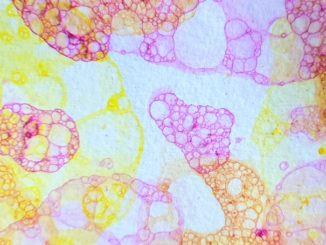
Soap bubbles to make invitation cards
Soap is a lot more fun than you can imagine. Use its exceptional power to create multicolor and original invitation cards by taking advantage of the science behind tensioactive properties! […]
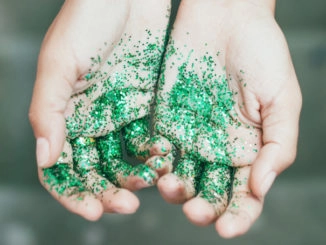
Hands full of germs
Washing your hands before eating is necessary to eliminate parasites invisible to the naked eye. Is it enough to put them underwater or is soap necessary? Thanks to the glitter, make this fun experience at home. […]

